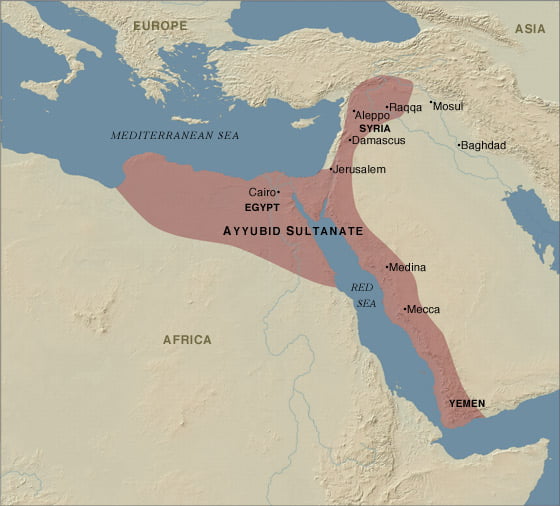Announcement
Collapse
No announcement yet.
Armenian Woman on the Islamic throne (Egypt 1200s)
Collapse
X
-
Re: Armenian Woman on the Islamic throne (Egypt 1200s)
Highlights the Armenians in Egypt since the time of Mohammed until the time of the Genocide, this one allows that the text be copied
Before the Armenian Genocide: Voluntary Migration
Their presence in Egypt is well documented, particularly during and after the Muslim conquest, in which Armenian converts to Islam participated. Wardan (Vartan) El-Roumi (the Roum were the Christians of Anatolia) established a market in Fustat known as the Vartan Market. During the Abbasid era, the courage of the Armenian Amir Ali Ibn Yehia, "[who was] versed in the science of war," is praised by the mediaeval Islamic historian Ibn Taghribirdi.
Fatimid period
This was a prosperous period for the Armenians in Egypt, when they enjoyed commercial, cultural and religious freedom. Their numbers increased considerably as more migrants arrived from Syria and Palestine, fleeing the advance of the Seljuks westward during the second half of the 10th century.
Mamluk period
Thousands of young Armenians, captured during invasions of the Armenian kingdom of Cilicia, which took place between 1266 and 1375, were brought to Egypt as mamluks or slave-soldiers. They were employed in agriculture and as craftsmen. The youngest were educated in army camps following the Mameluke system, and later employed in the army and the palace.
At the beginning of the 14th century, a schism occurred in the Armenian church, which caused Patriarch Sargis of Jerusalem to request and obtain a firman from the Sultan Al-Malik Al-Nasir. This brought the Armenians within the Mamluk realm under the jurisdiction of the Armenian Patriarchate of Jerusalem. The schismatic Armenians who came to Egypt were given permission to practice their religion freely. Their patriarch's authority over the Armenian community's private and public affairs was decisive. The churches and those who served them were supported by the generosity of the faithful and the revenues deriving from charitable foundations.
Mohamed Ali period
The reign of Mohamed Ali (1805 – 1849) witnessed strong migration streams of Armenians to Egypt. Mohamed Ali hired many Armenians to help his government at that time. The era of Mohamed Ali witnessed building Armenian churches in Egypt; one for the Armenian Orthodox and another one for the Armenian Catholics. Boghos Youssufian (1768-1844) was an Armenian banker and businessman who in 1819 was in charge of the Diwan Al-Tijara (bureau of commerce) besides overseeing other financial affairs for Mohamed Ali. In 1876 the Armenian Nubar Nubarian (1825-1899) the first Prime Minister in modern Egypt. The total number of Armenians in Egypt the 1917 was 12,854 inhabitants.
After the Armenian Genocide: Forced Migration
A landmark of the Armenian migration is the “Armenian Genocide” which started in 24 April 1915. The Armenian communities in Egypt received a large percentage of the refugees and survivors of the massacres and genocide. They increased the numbers of the Armenians in Egypt to reach its peak in 1927 census data where their total number was 17,188 inhabitants most of whom were concentrated in Cairo and Alexandria (Al-Imam, 1999 and 2003).
Comment




Comment